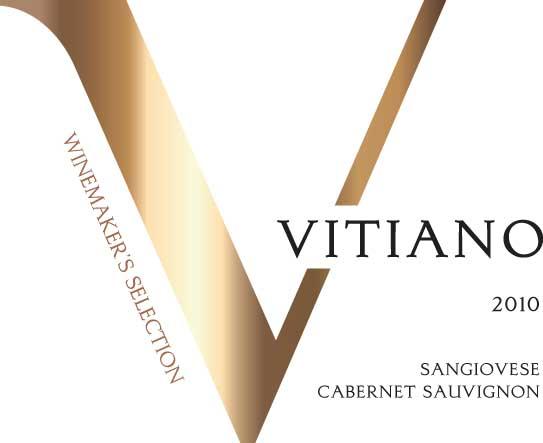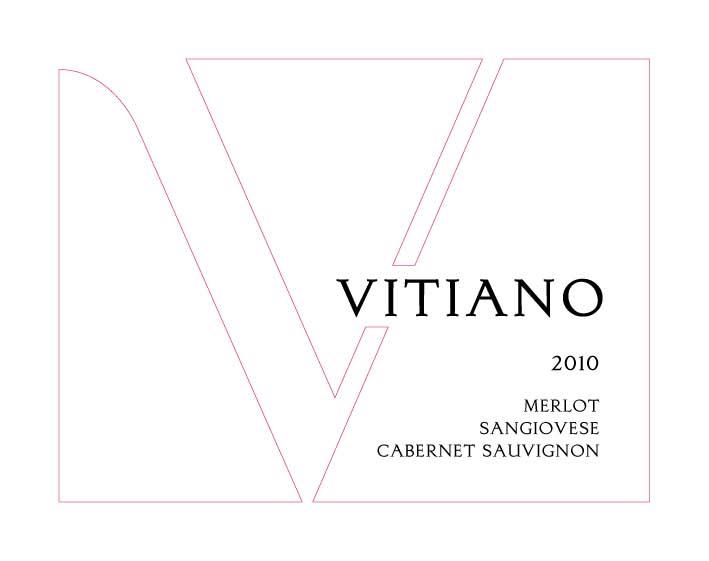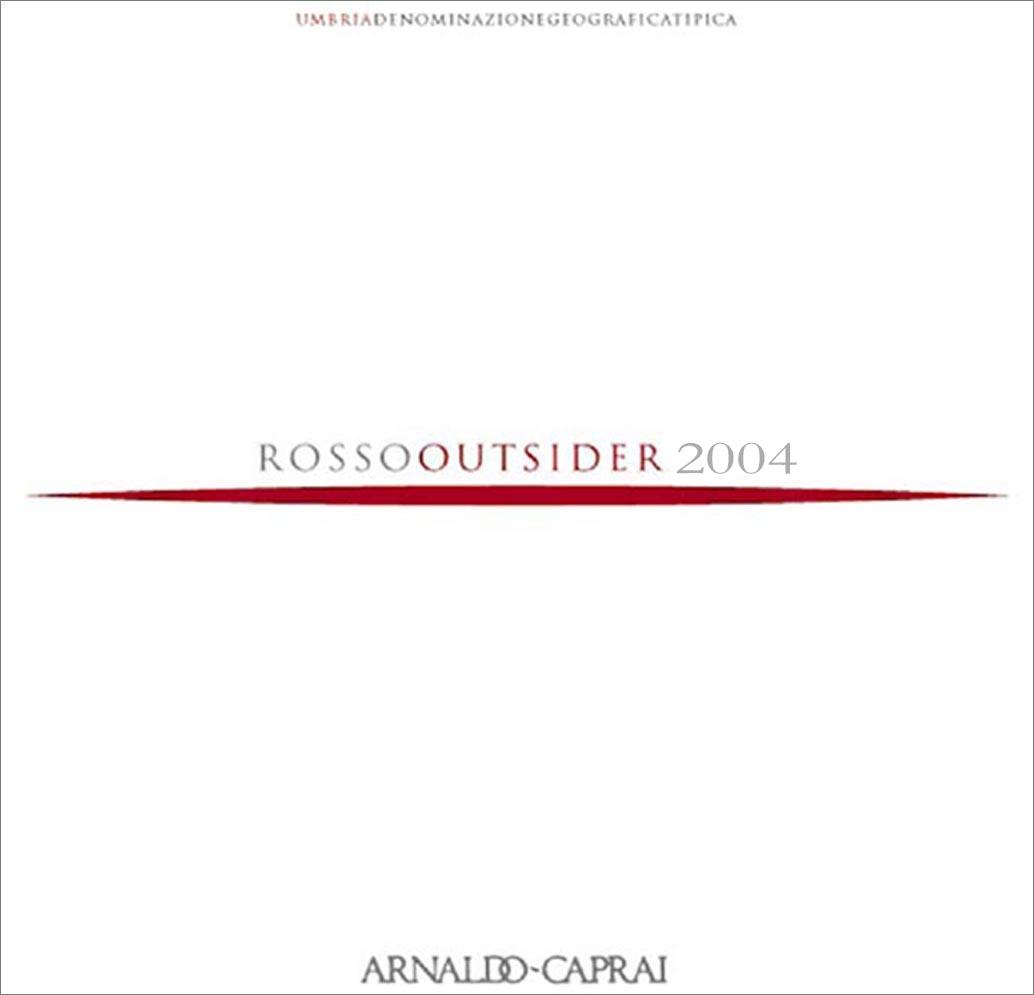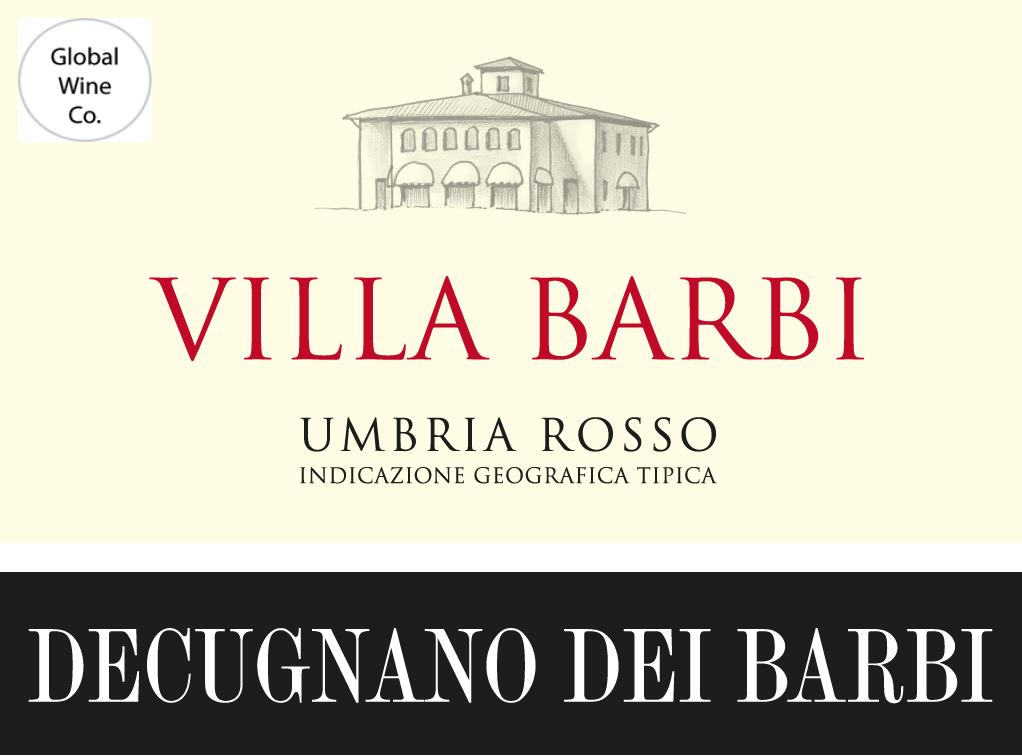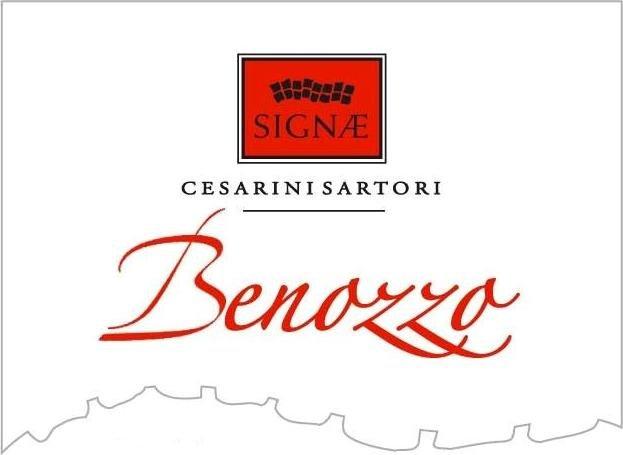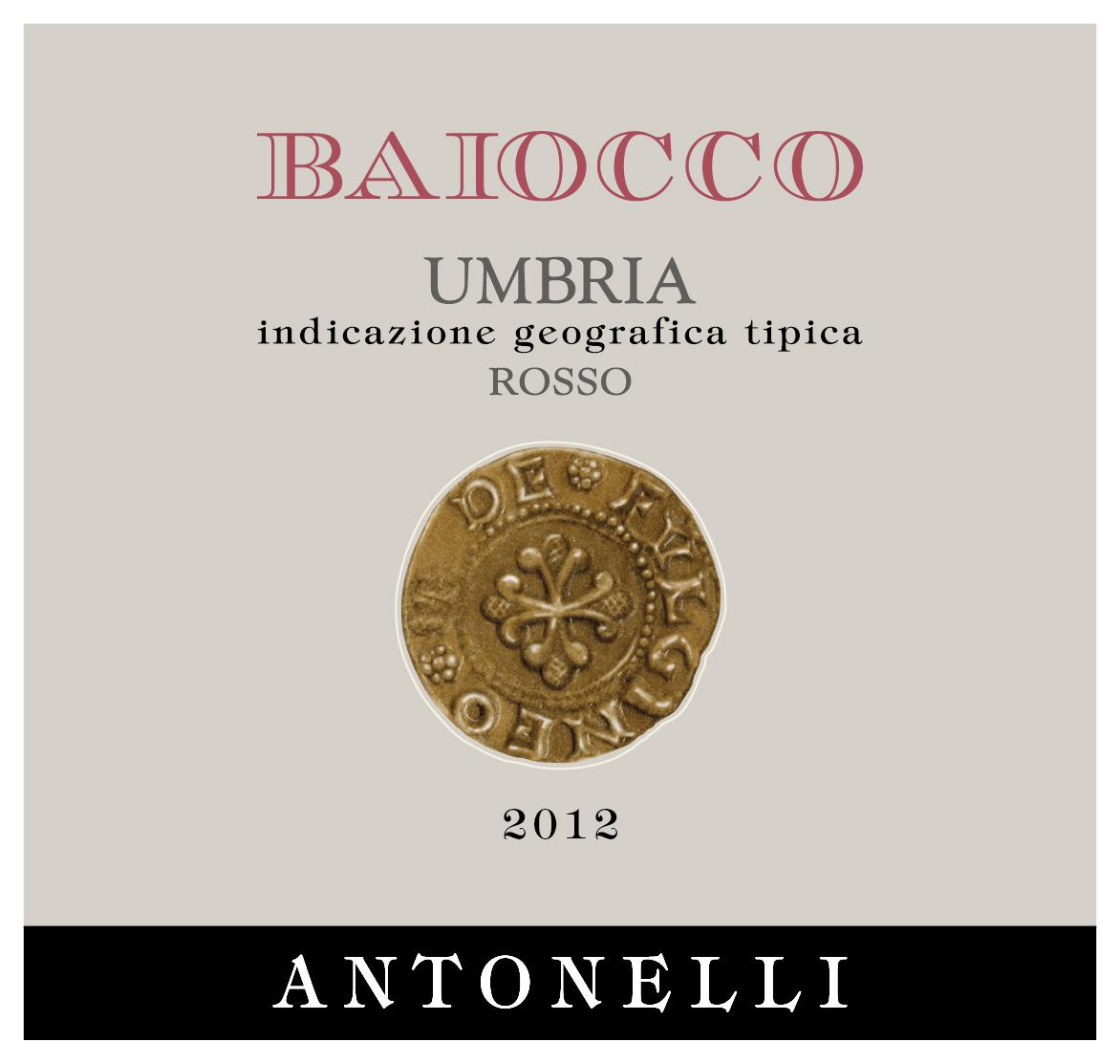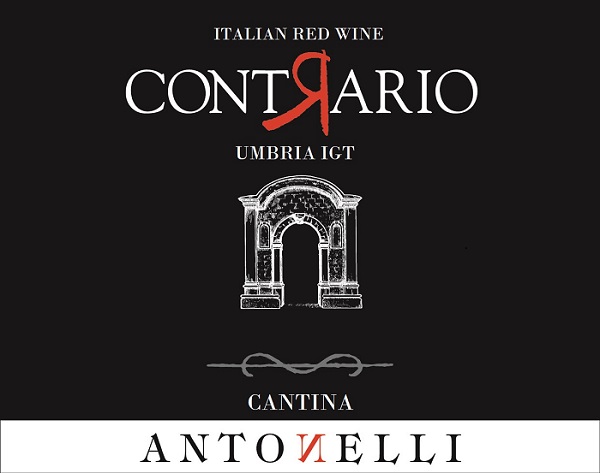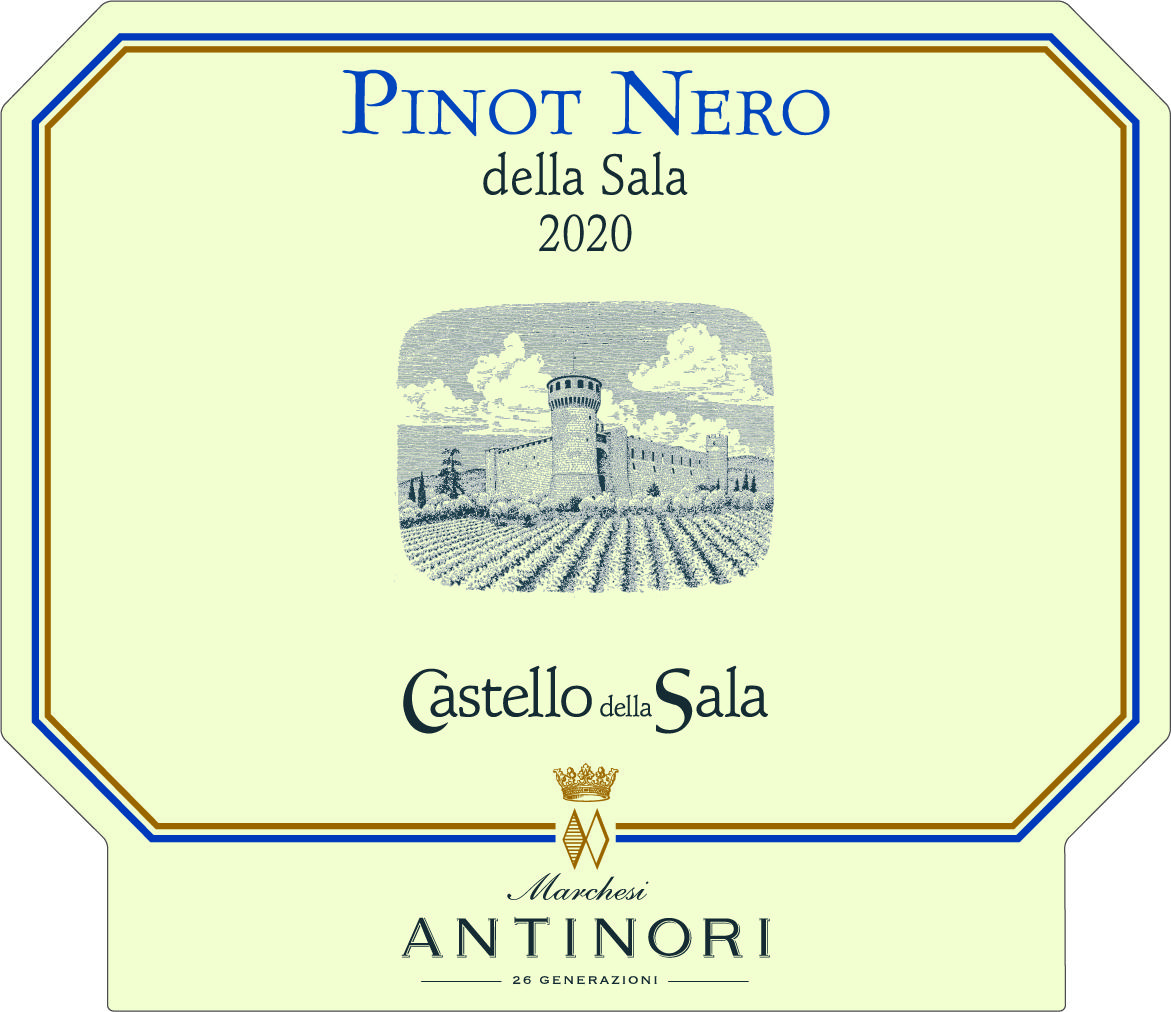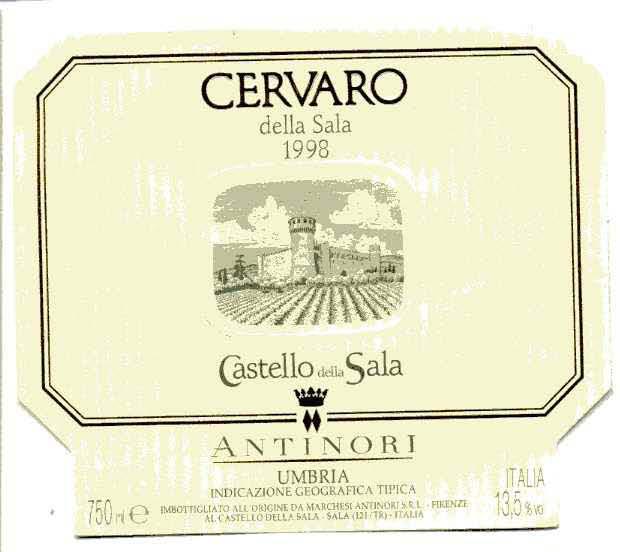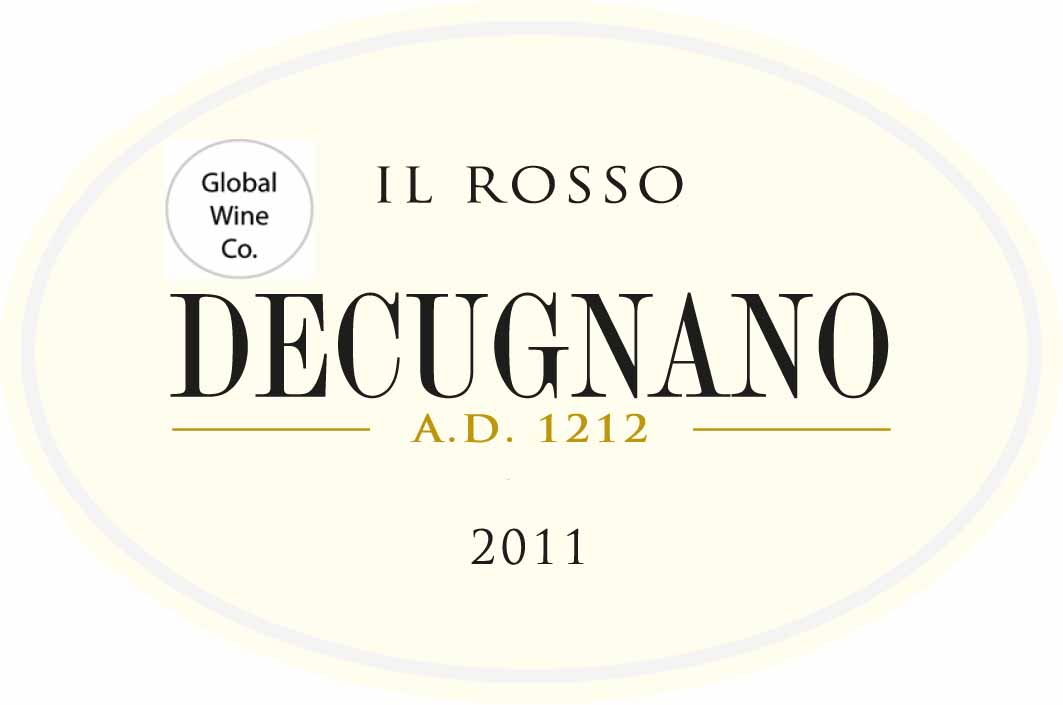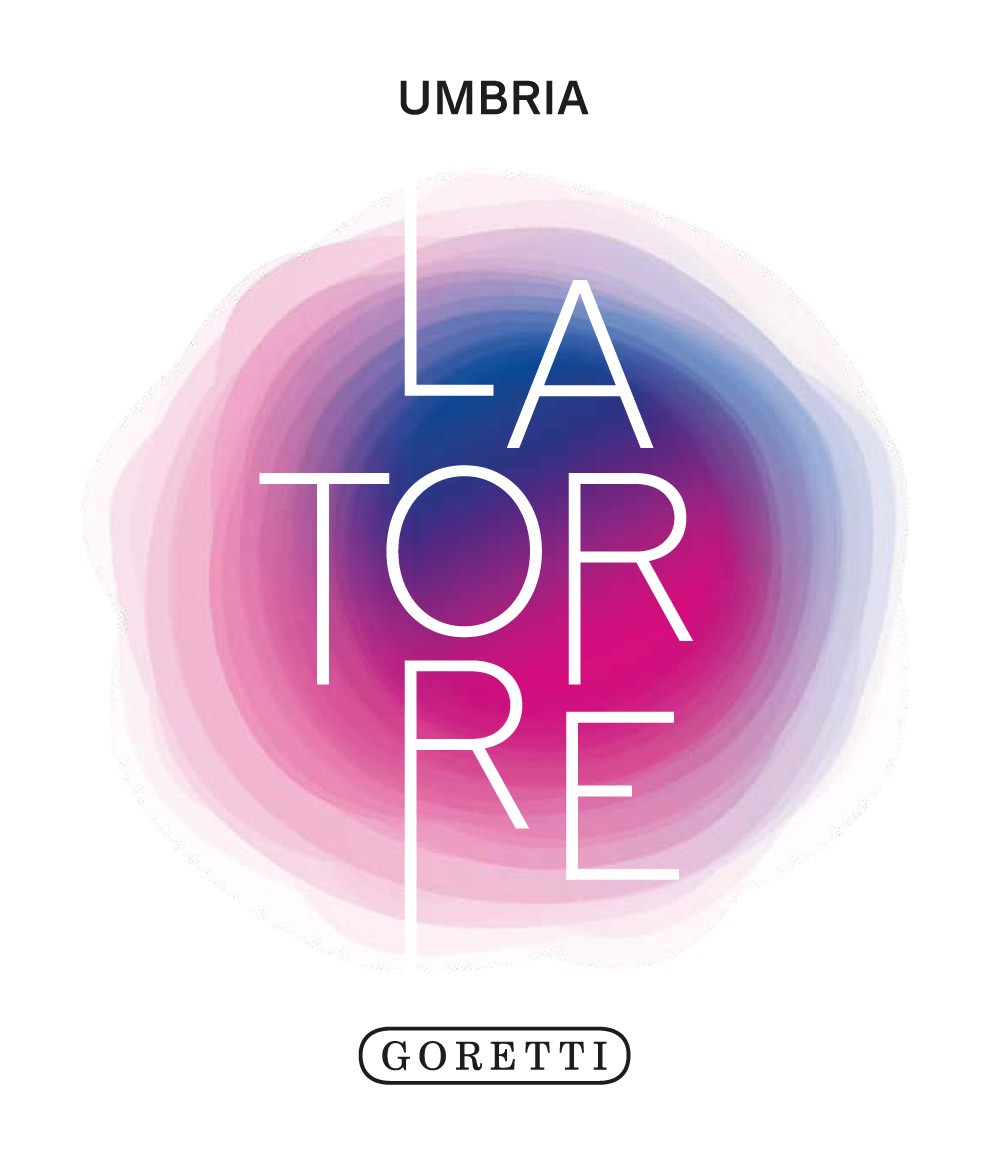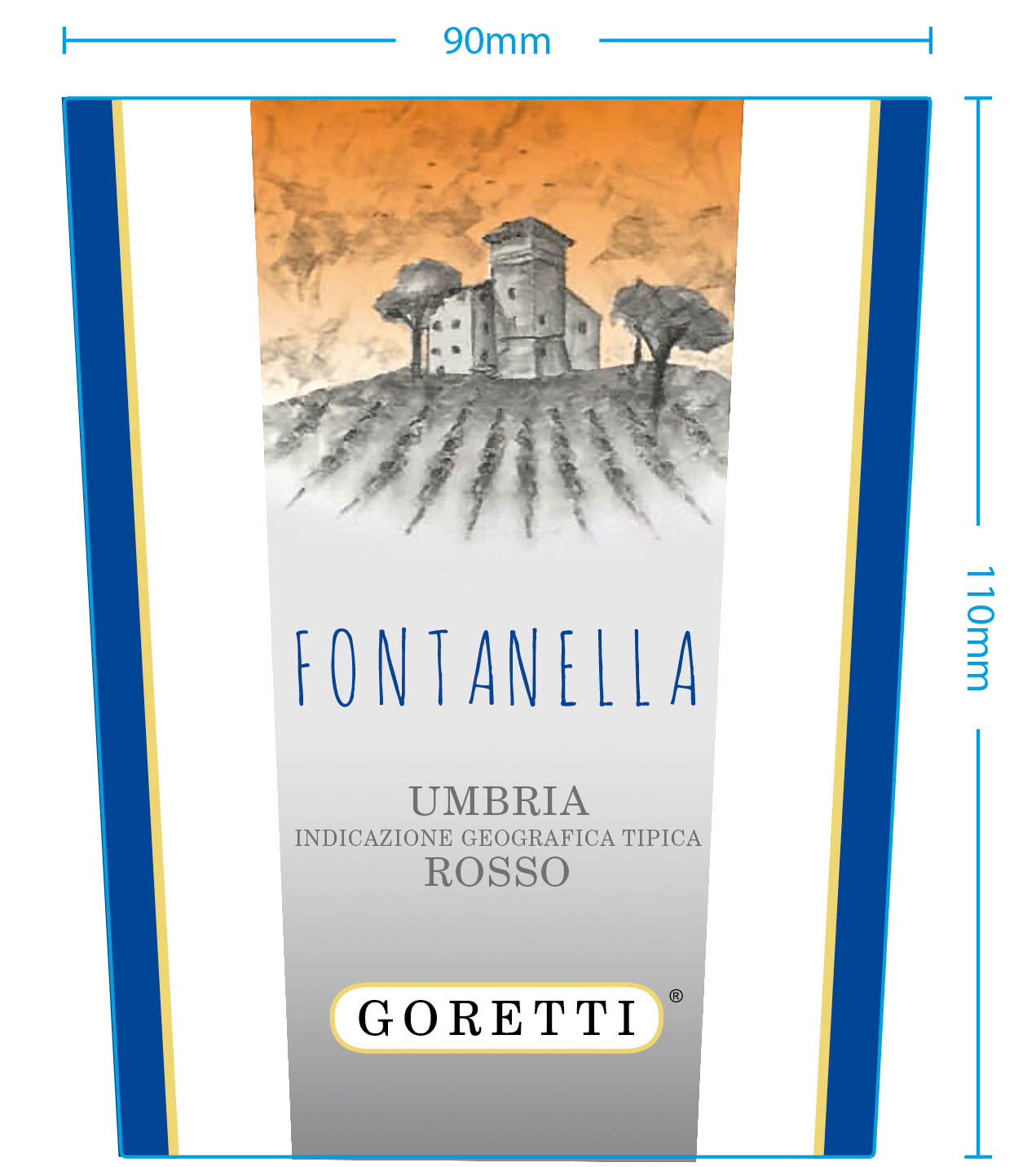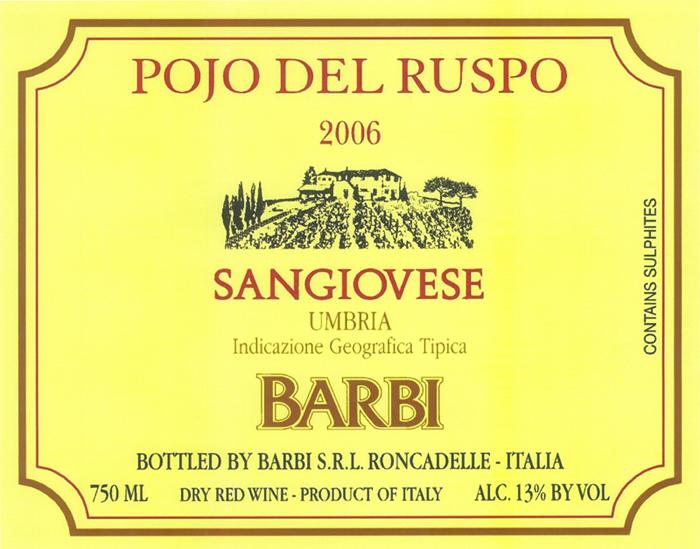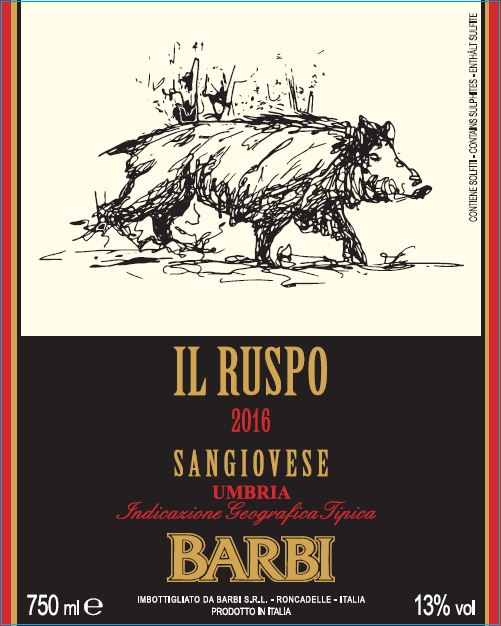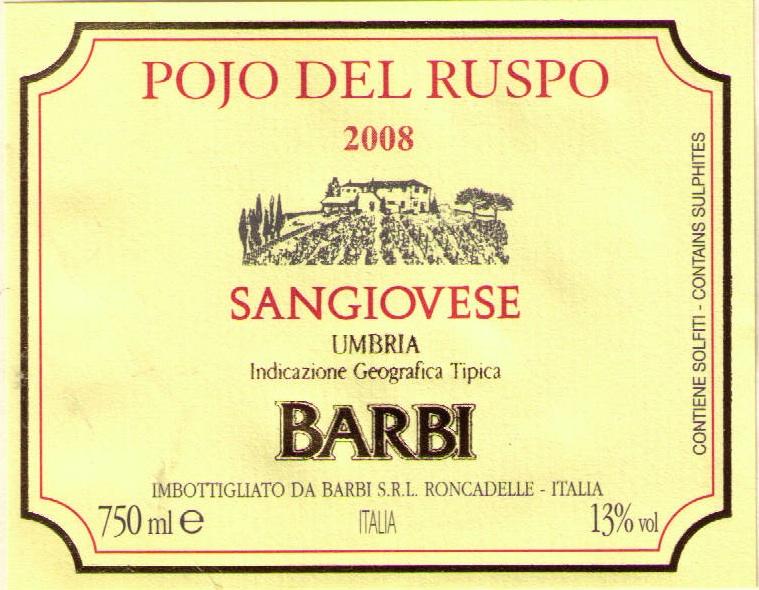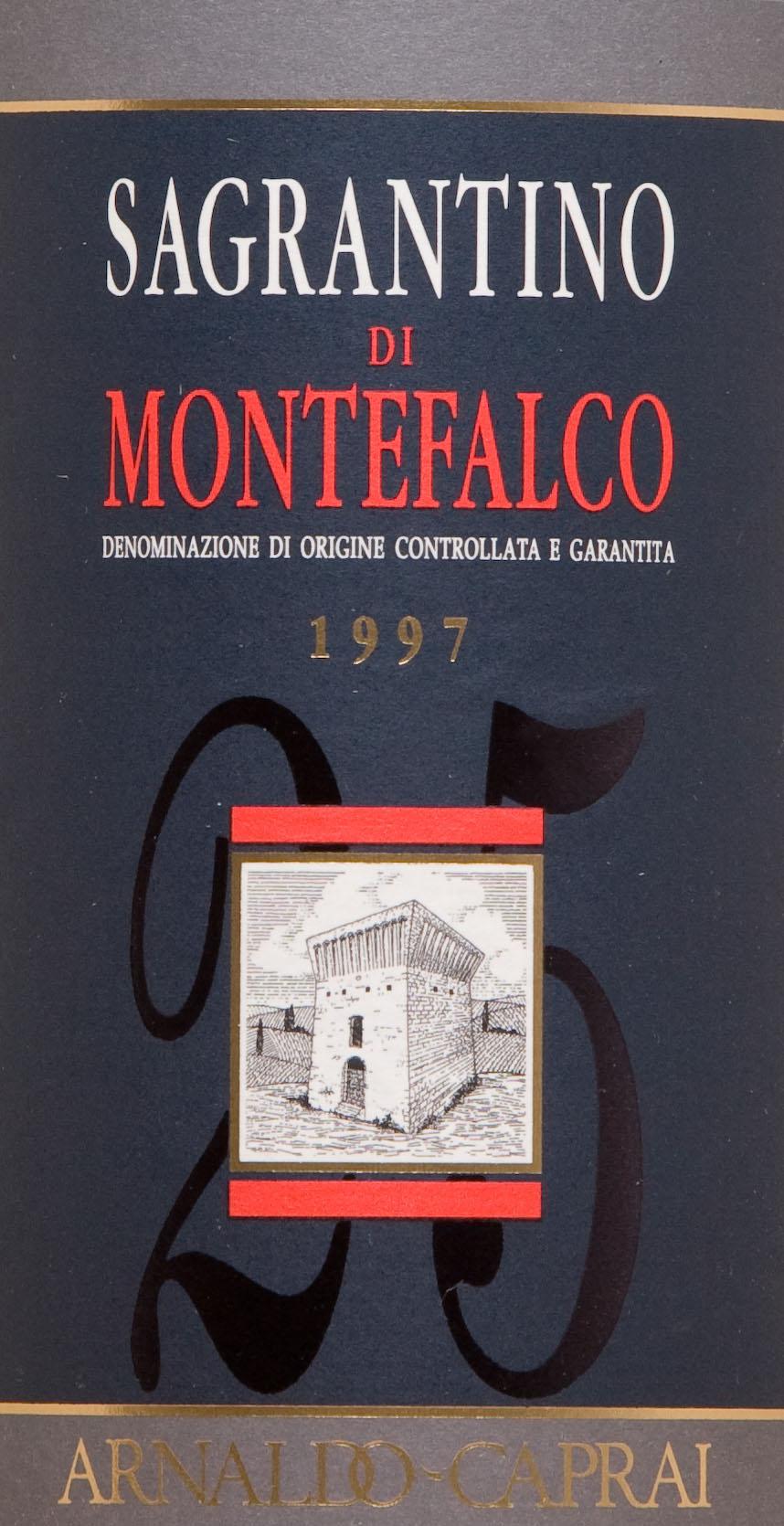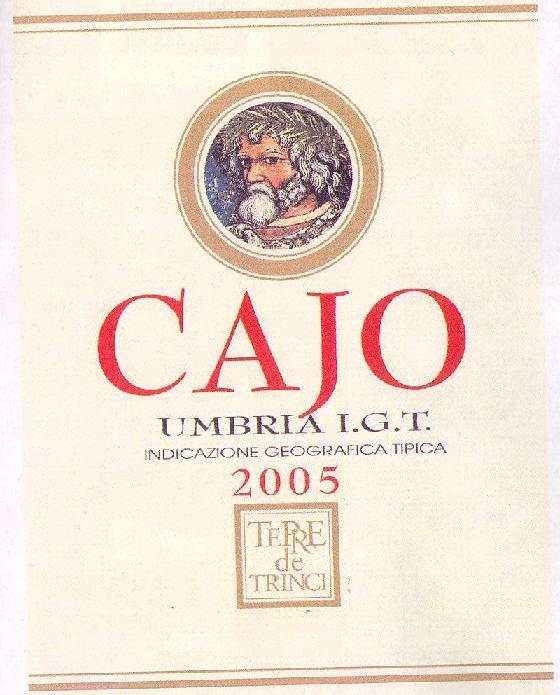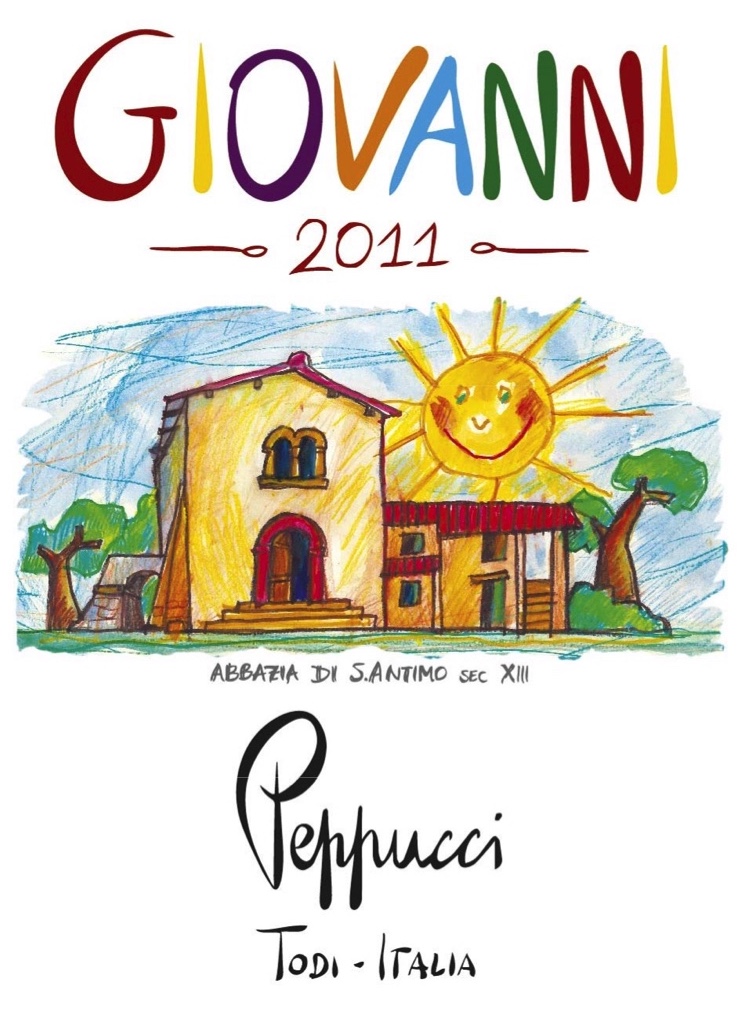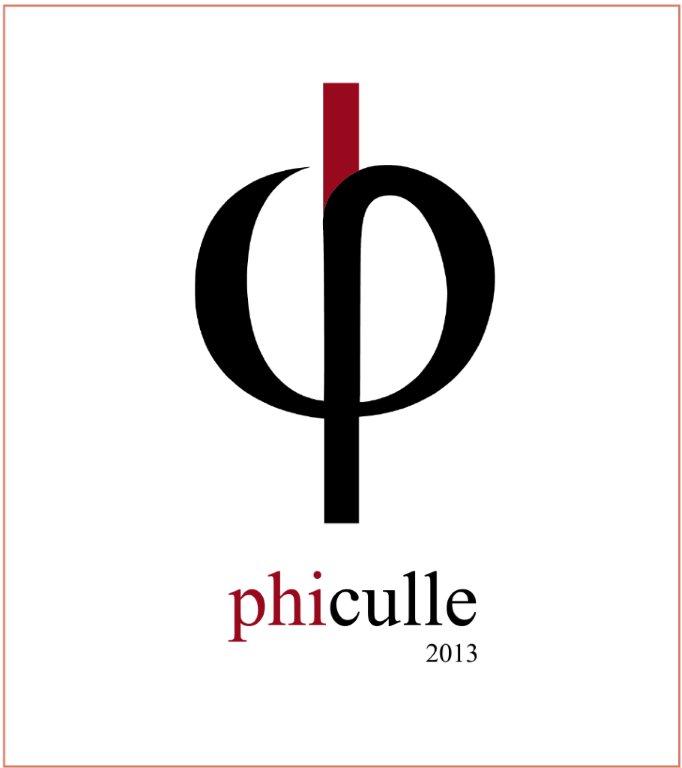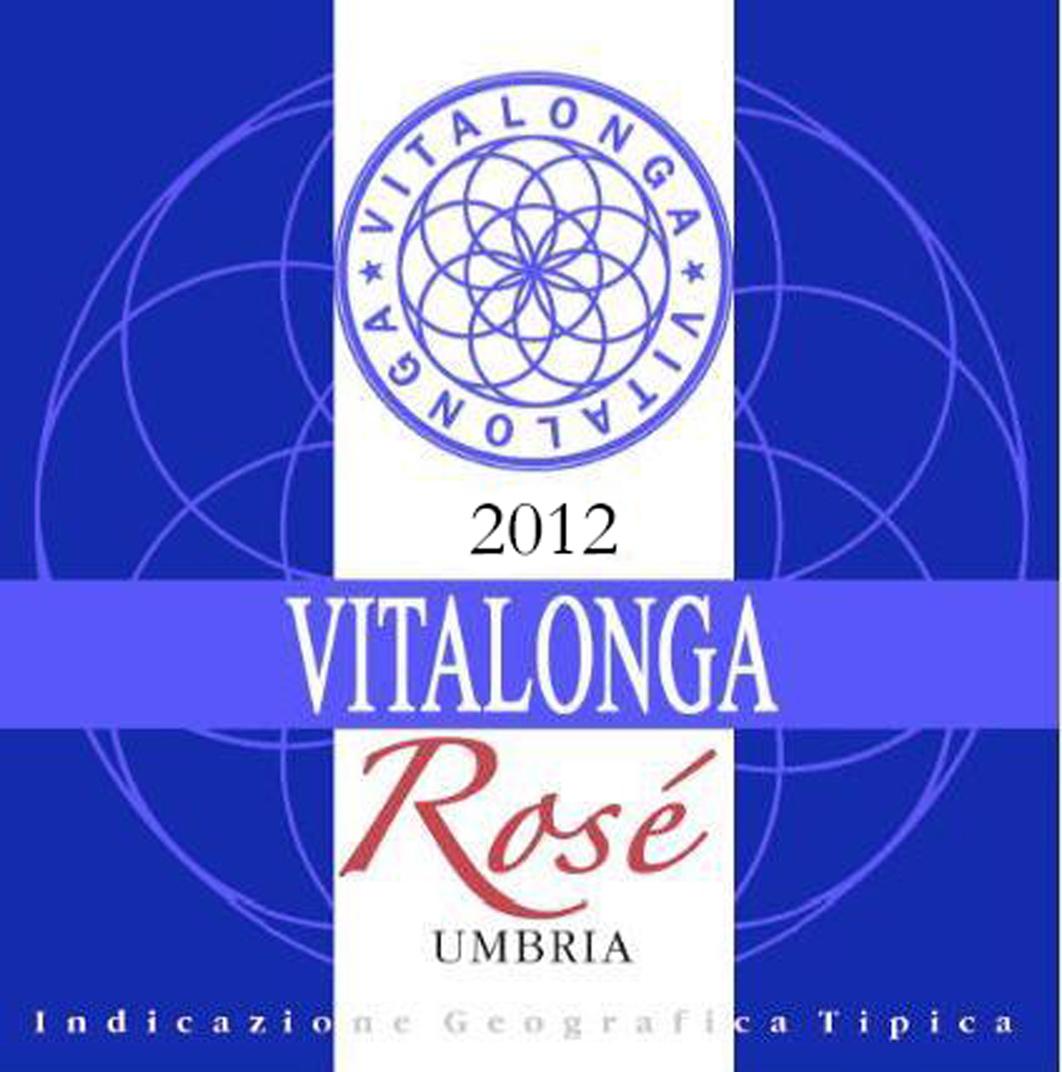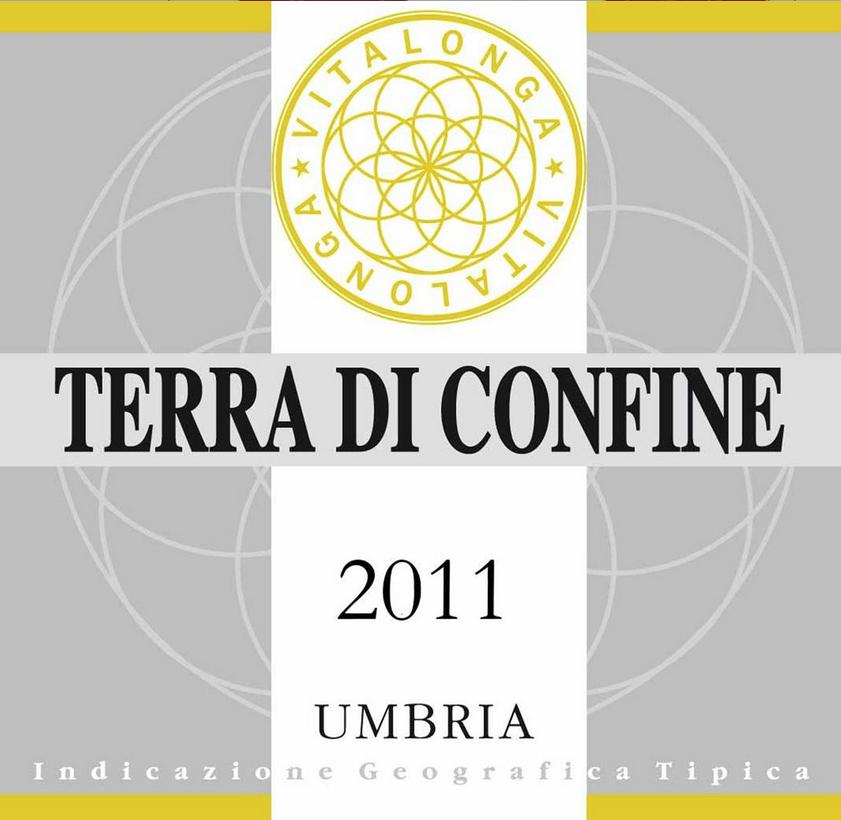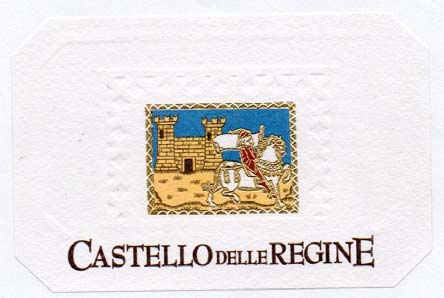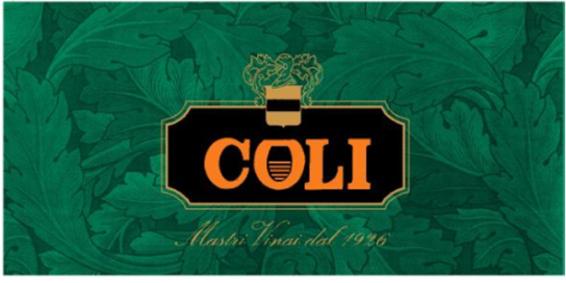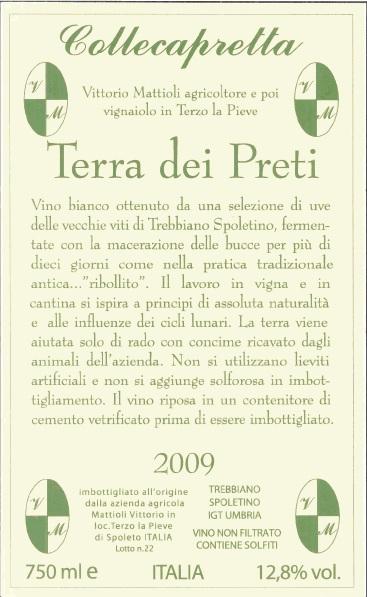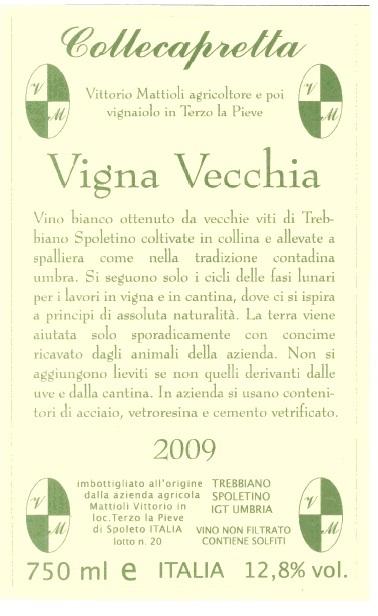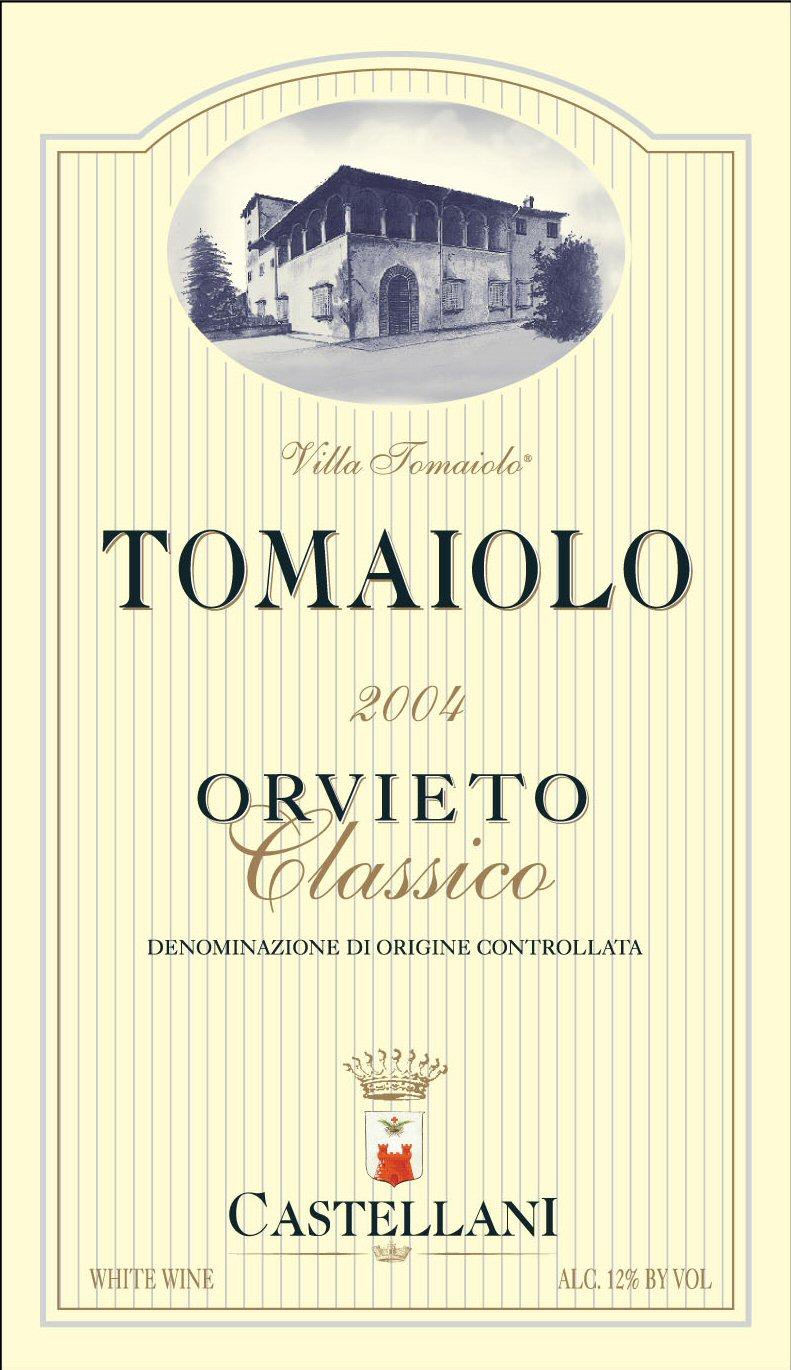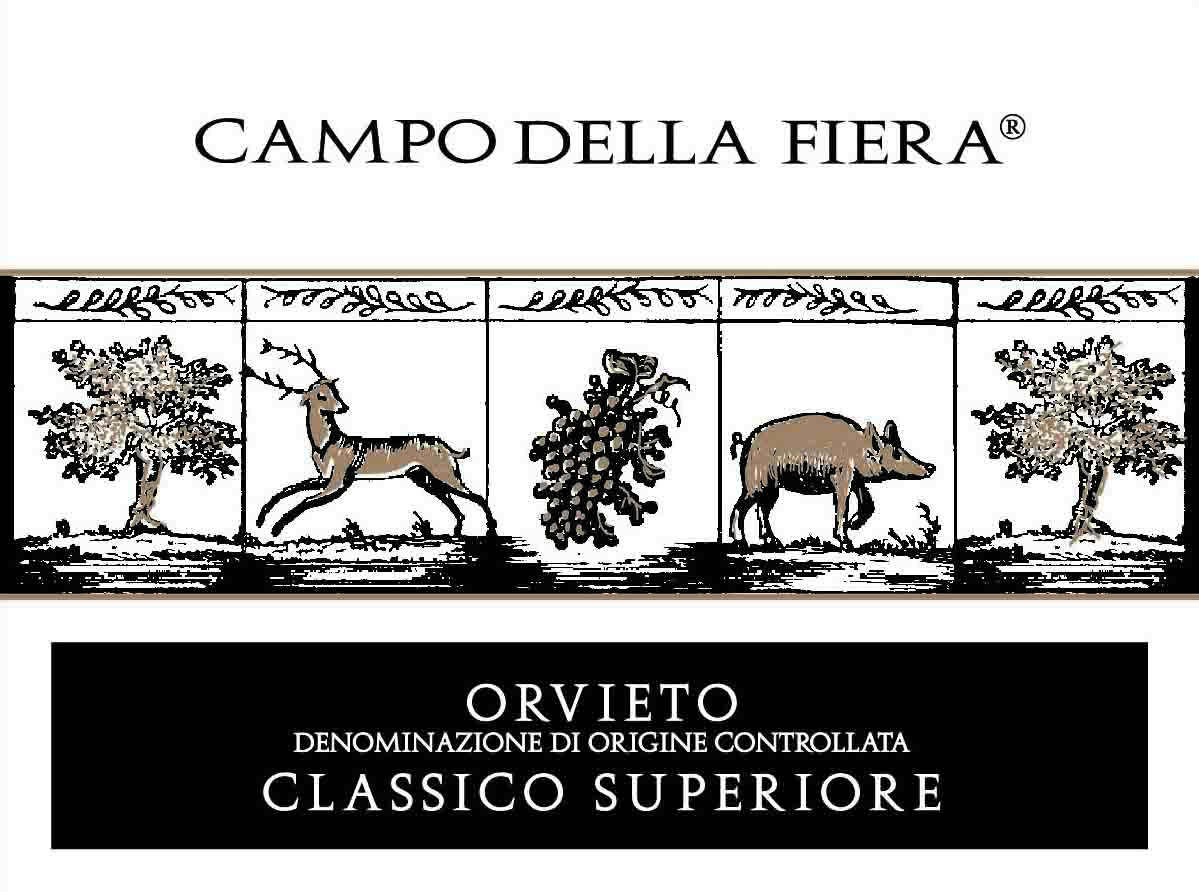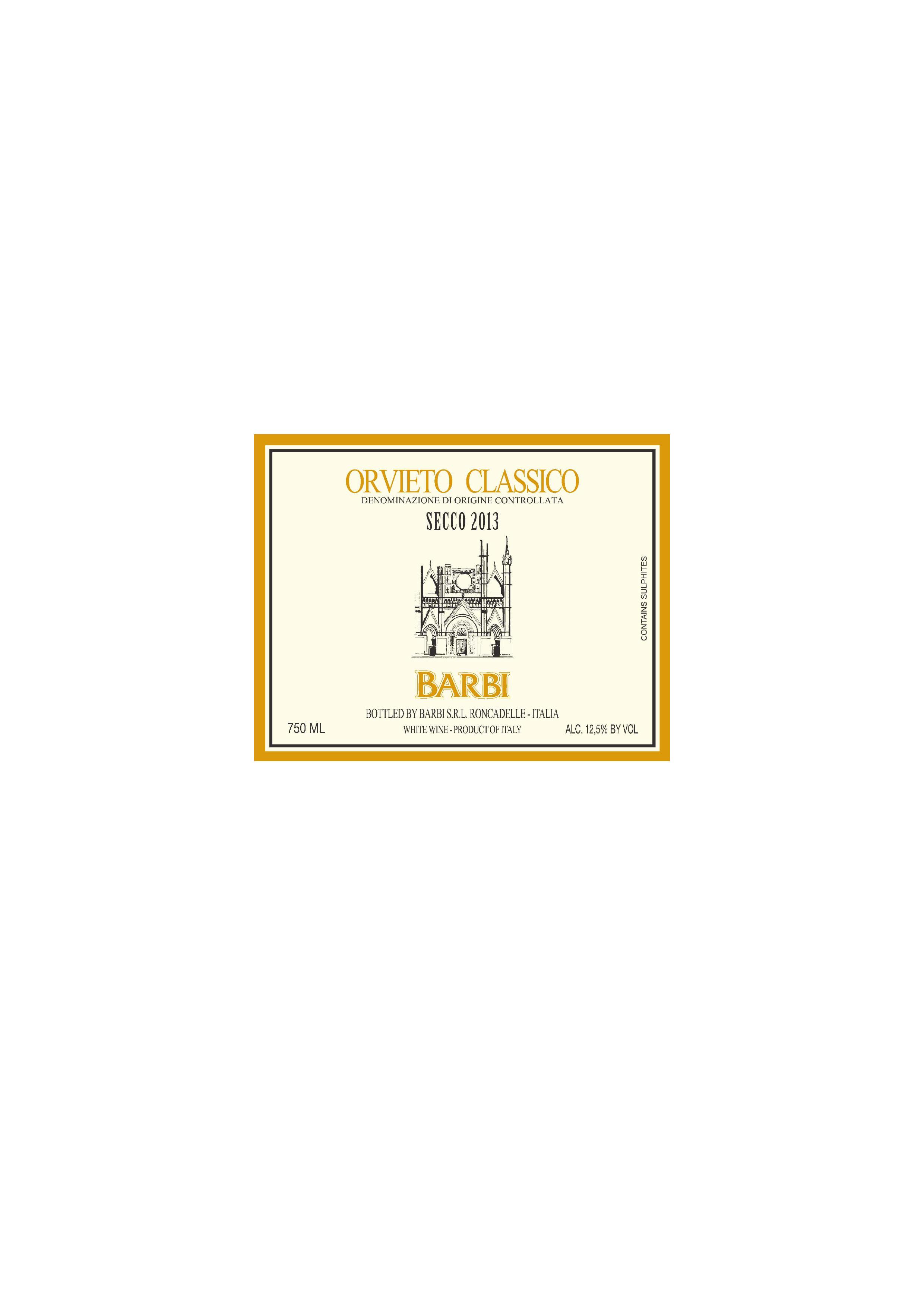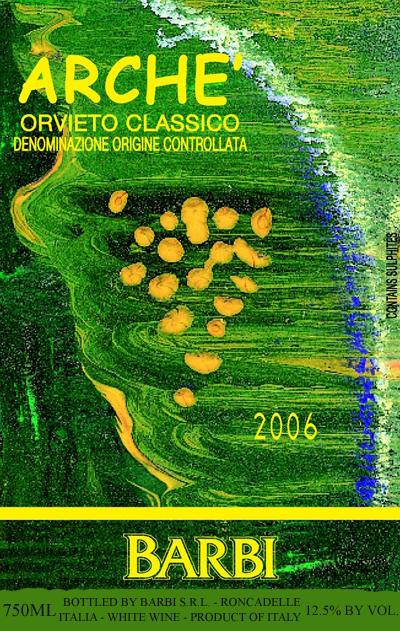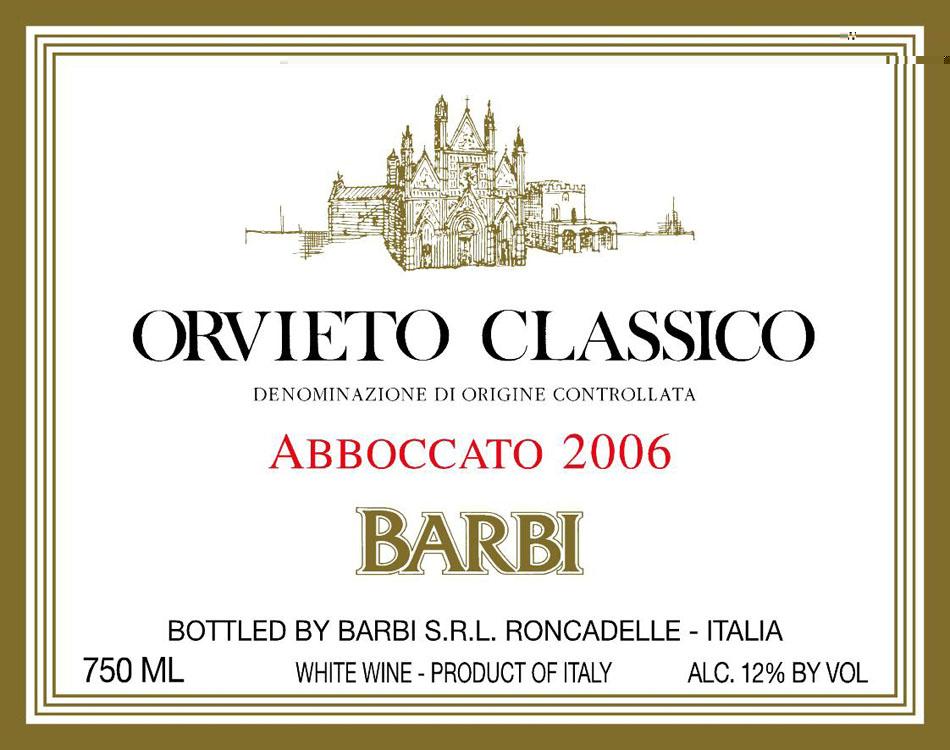Terroir of Umbria
Umbria's diverse landscape and unique microclimates enhance its rich tapestry of wines. Nestled inland, the region's hilly vineyards, sitting between 200 and 800 meters above sea level, are shaped by the Apennine Mountains and the Tiber River. The climate blends continental and Mediterranean influences, with hot, dry summers and cooler winters. This results in well-ripened grapes that retain acidity and freshness.
Soils vary widely, from the volcanic tuff near Orvieto to the clay-limestone mix in Montefalco and Torgiano. These soils contribute distinct minerality and structure, especially to reds like Sagrantino and Sangiovese. In contrast, alluvial soils in the Tiber Valley support fertile growth, while rocky, sandstone-rich areas in the Apennines enhance flavor concentration. This intricate terroir allows Umbria's wines to showcase their unique character.
Notable Wineries in Umbria
Umbria, with its diverse landscapes and rich winemaking traditions, is home to some of Italy’s most intriguing wineries. Here are a few notable ones:
-
Arnaldo Caprai (Montefalco): Key in reviving the Sagrantino grape, producing powerful and complex reds like “25 Anni” Sagrantino.
-
Lungarotti (Torgiano): Known for pioneering quality winemaking in Torgiano, with famous reds like Rubesco and cultural attractions like the Wine Museum.
-
Castello della Sala – Antinori (Orvieto area): Elevates Umbrian whites with their celebrated Cervaro della Sala, a blend of Chardonnay and Grechetto.
-
Antonelli San Marco (Montefalco): Historic estate producing classic Montefalco wines with a focus on organic farming.
Sustainable Winemaking in Umbria
Umbria, Italy's "green heart," is renowned for its commitment to sustainable winemaking. The region emphasizes returning to organic and biodynamic farming methods, reminiscent of traditional practices. Wineries avoid synthetic chemicals, practice dry farming, and encourage biodiversity by letting wild plants grow among the vines. This approach not only protects the environment but also enhances the wines' unique character.
In Montefalco, initiatives like the “Montefalco 2015: New Green Revolution” have set national benchmarks for sustainable viticulture. These guidelines focus on reducing resource use and carbon emissions while preserving the landscape. Many wineries in Umbria further embrace green innovations, such as using solar power, biodiesel, and recycled materials. This collective effort reflects Umbria’s landscape beauty and the philosophy of crafting wine responsibly.
Wine Tourism in Umbria
Umbria's wine tourism immerses visitors in the region's authentic culture and culinary traditions. The Strada del Sagrantino offers a scenic journey through historic villages and vineyards, where small, family-owned wineries provide intimate experiences. Visitors can enjoy personal tastings and vineyard tours, often led by the winemakers themselves. These visits may include farm-to-table meals, featuring local specialties like Umbrian truffles and pecorino cheese, perfectly paired with estate wines.
Festivals like Cantine Aperte and Enologica Montefalco further enrich the experience, offering unique events such as grape stomping and communal feasts. The region's commitment to sustainable winemaking practices is evident, with many wineries embracing organic and biodynamic methods. Umbria's diverse terroir and passionate winemakers ensure that each wine reflects the unique character of this picturesque region.



